Community spirit, history and resilience: inside this year's Liverpool Biennial
2025's Liverpool Biennial takes the foundations of the city as its theme
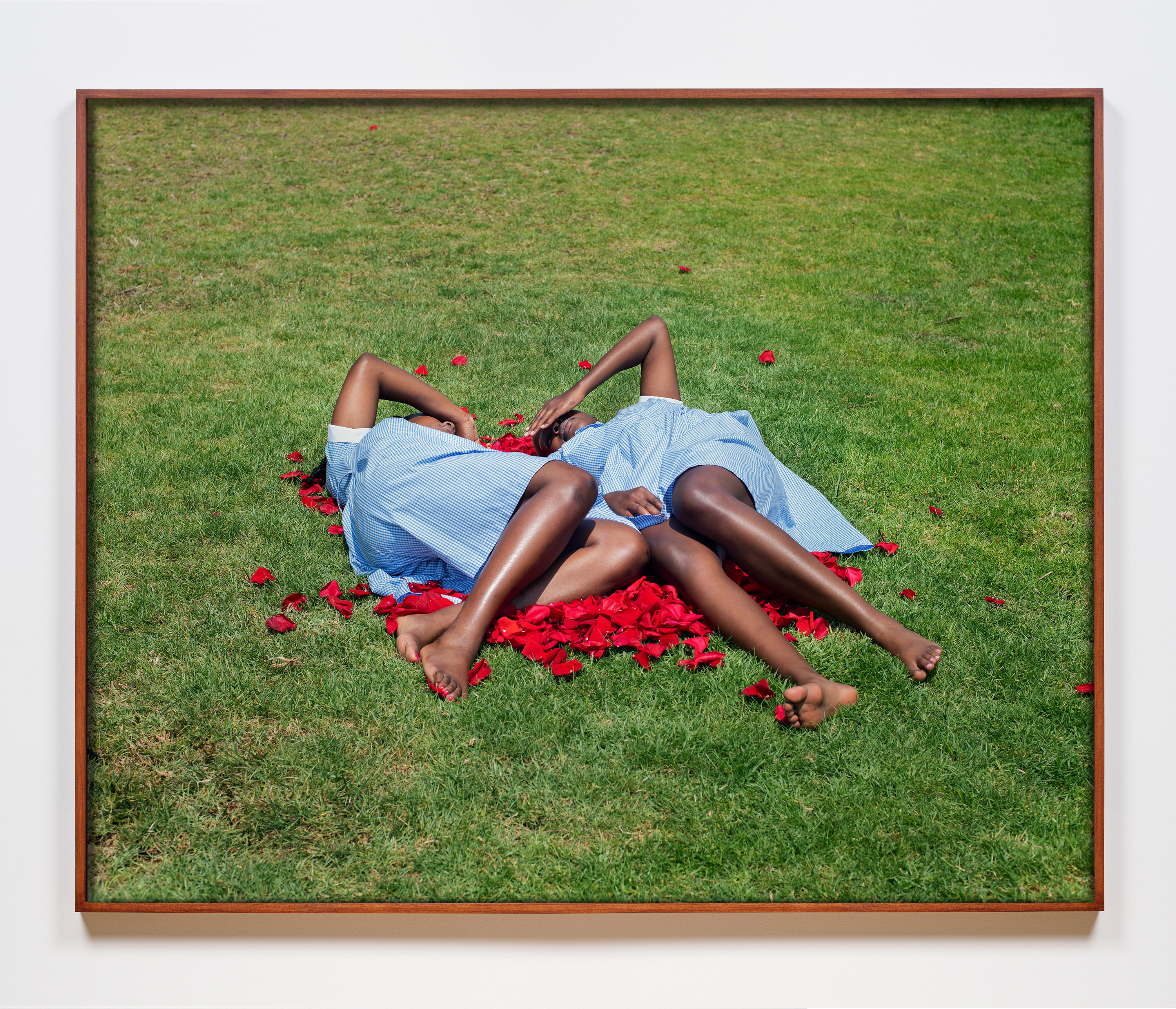
Liverpool is a city full of contradictions. It's often cast as an outlier, distinct with its strong Irish influence and distance – both geographical and ideological – from the British centre of power. Yet, it also bears a sombre legacy of oppression; as the epicentre of Empire, its past is one of profound suffering, inextricably linked to the transatlantic slave trade. But beyond these big historical narratives, lies a city defined by resilience, civic strength, and strong community spirit, whose complicated character has been shaped by its outward-looking perch on the edge of the country.
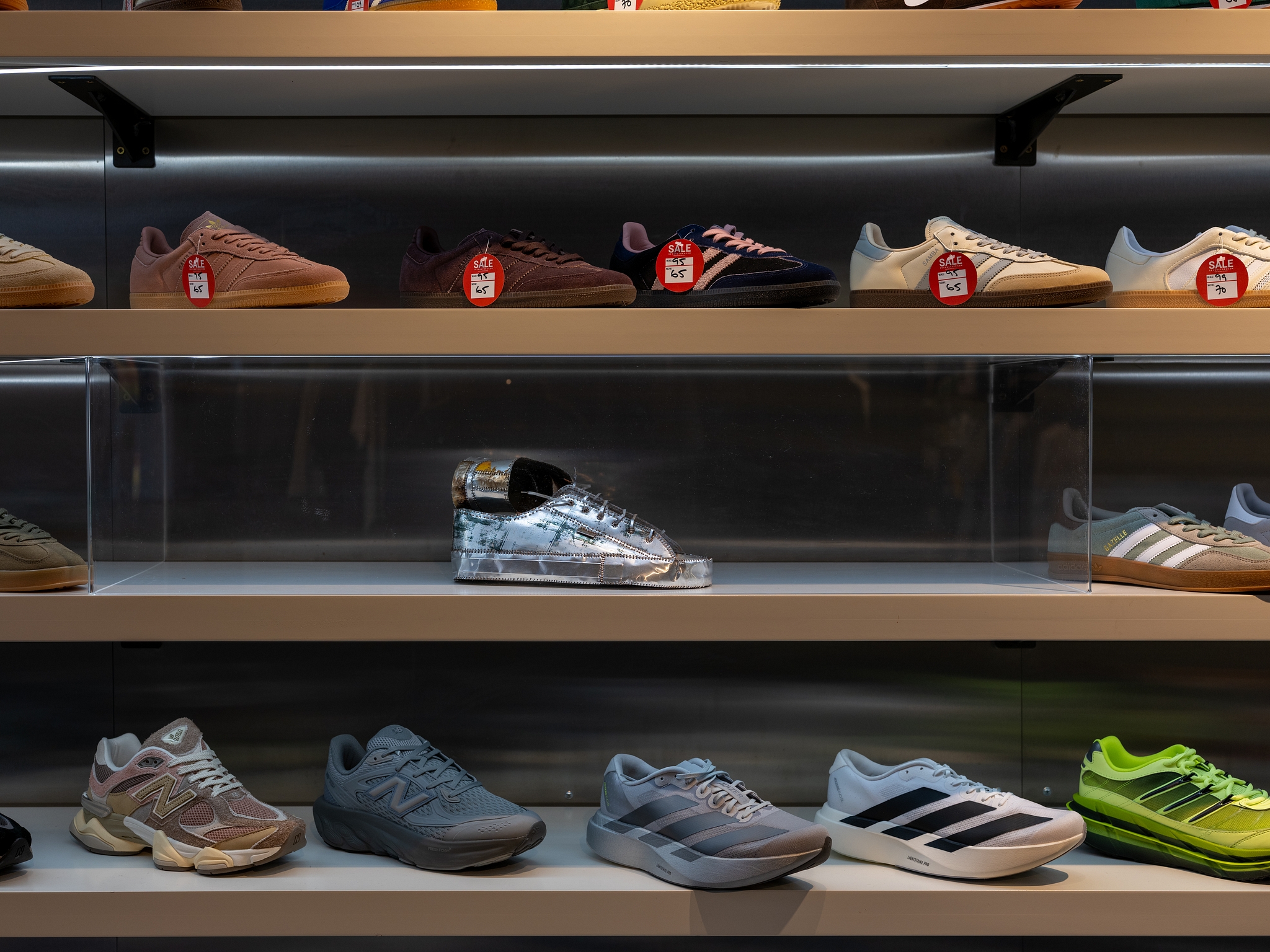
Odur Ronald, ‘No Hurry’, 2020. Liverpool Biennial 2025 at SEVENSTORE.
These complex layers are what the 13th edition of Liverpool Biennial (7 June – 14 September 2025) seeks to peel back, and this year’s guest curator, Marie-Anne McQuay is perfectly placed to do so, having worked in the city for over a decade. The theme, Bedrock, takes its cue from the red and yellow sandstone on which Liverpool is built and acts as a metaphor for the other foundations of the city – both good and bad – including colonialism, migration, family, music, football and religion.
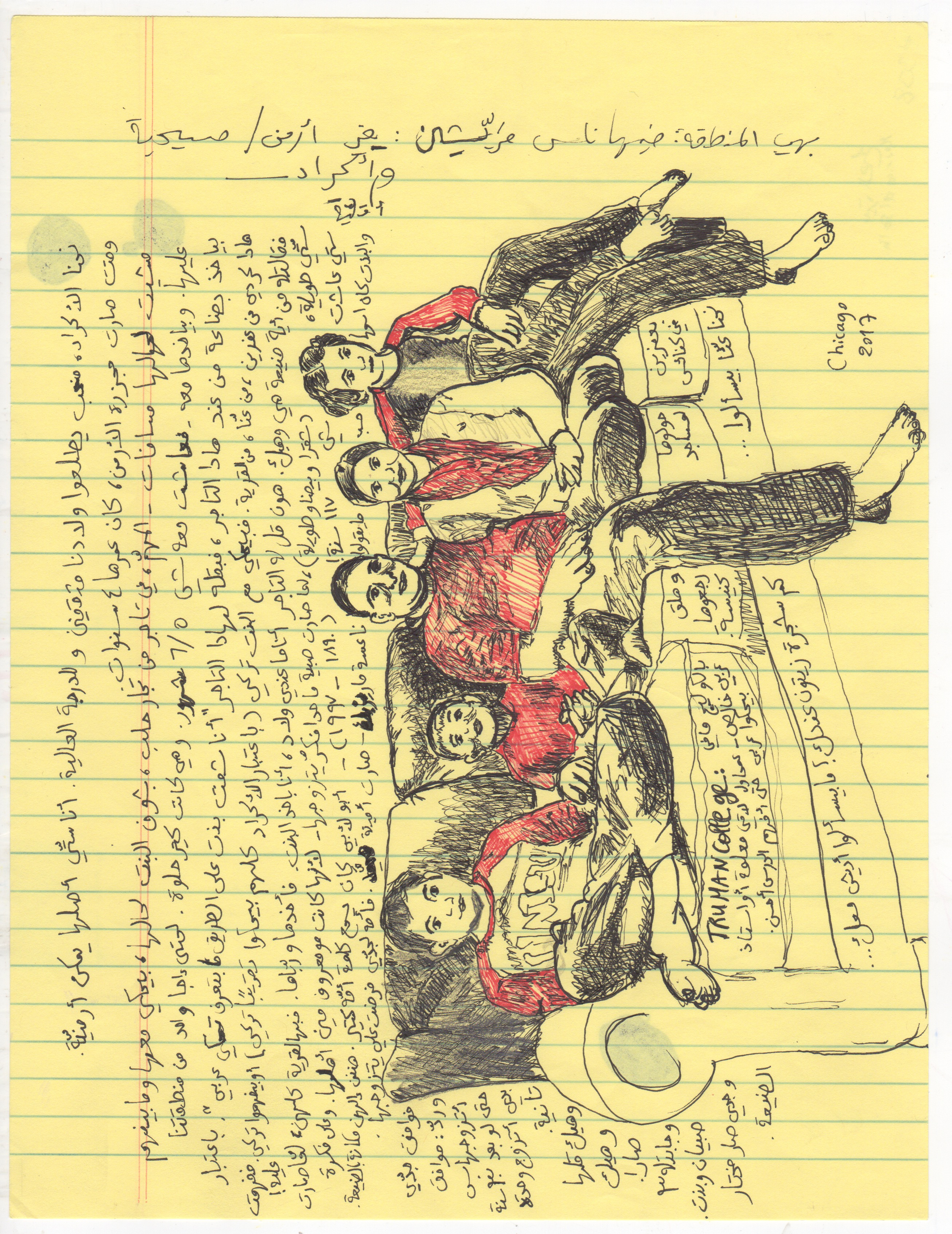
Mounira Al Solh, I strongly believe in our right to be frivolous
'Bedrock is an effort to see the city both in close up and from afar,' explains McQuay. And the most intimate of these glimpses can be found at the Bluecoat, where Amber Akou’s autobiographical film about single motherhood, Dear Othermother (2025), tenderly portrays the powerful matriarchal support systems within a working-class Toxteth street. Inspired by the African proverb, ‘it takes a village to raise a child,’ the film acts as a grounding force, showing how these women have found a home, and a family, in each other.
This sense of grounding is echoed, quite literally, in a warehouse across the city. Here, Turkish artist Cevdet Erek, a keen football fan who researched his piece at Anfield, has created a rudimentary stadium in his Away Terrace (Us and Them). Built from dense earth blocks of clay and barley, the installation sublimates the raw intensity of match day into a thumping, trance-inducing soundtrack. It speaks to something primal: our need for belonging and, conversely, the social cost of exclusion.
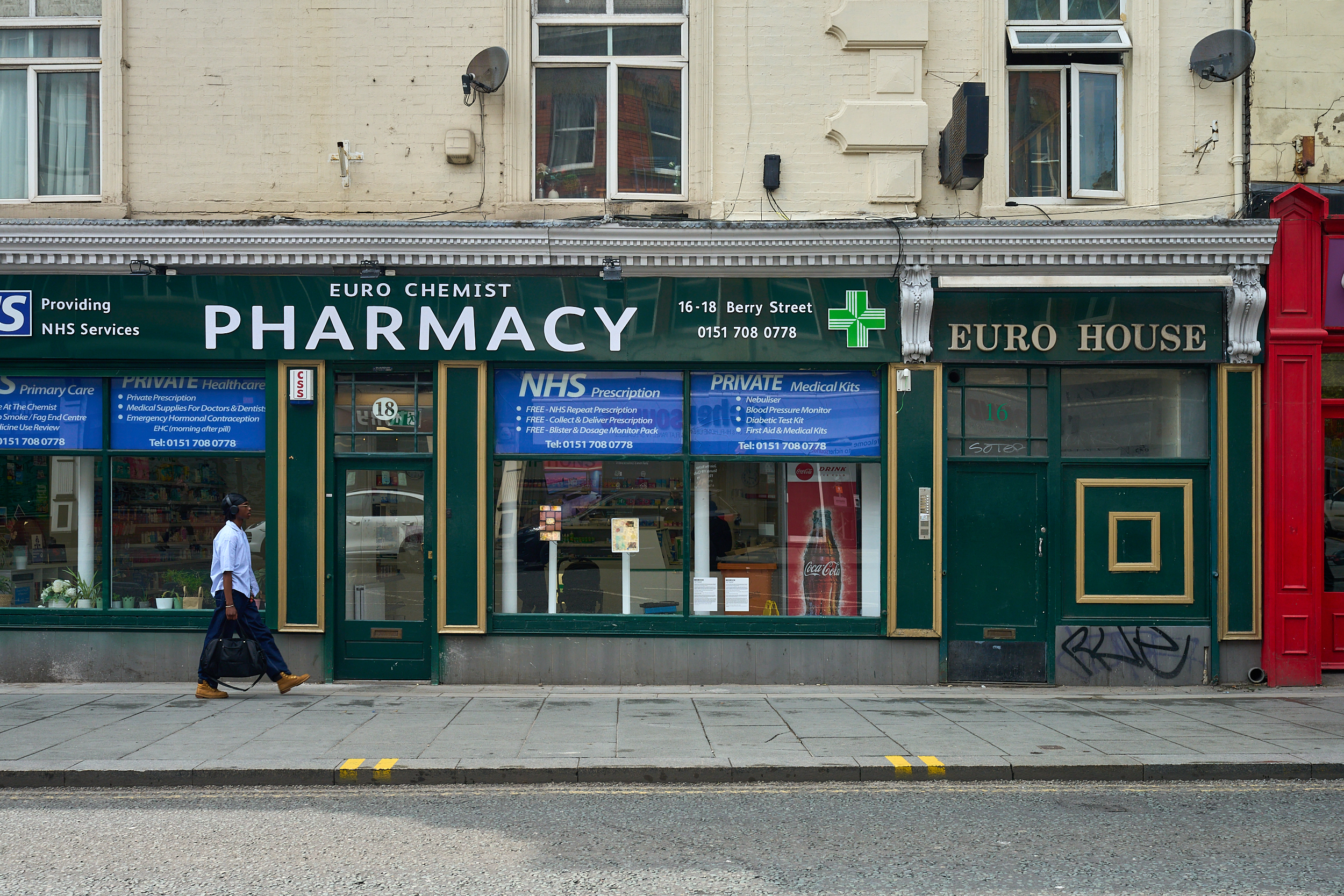
Anna Gonzalez Noguchi, ‘Comfort Cavity I and II’, 2023. Liverpool Biennial 2025 at Eurochemist. Photography by Rob Battersby
The festival shines when it engages directly with the city, and there are plenty of works which respond vividly to their – sometimes unexpected – contexts. In a Chinatown housing association, Karen Tam’s theatrical installation, Scent of Thunderbolts (2024), explores memory using the archives of Cantonese community opera groups as source material. Similarly, in a men’s clothing store, Odur Ronald’s No Hurry (2020) features a pair of aluminium trainers – a material the Ugandan artist would collect as a child to exchange for toys – blended seamlessly into the display shelves. Kara Chin, whose comic FACT installation Mapping the Wasteland: PAY AND DISPLAY (2025) riffs on two of the city’s prime aggressors: seagulls and the perma-broke parking meters, even has a breadcrumb trail of tile works embedded into the city’s pavements.

Sabel Nolan, ‘Where you are, what we are, with others’, 2025. Liverpool Biennial 2025 at the John Lennon Art & Design Building, LJMU. Photography by Rob Battersby
Elsewhere, Isabel Nolan, whose dazzling tapestries in the Walker Art Gallery tell tales of the miraculous, has responded to the stained glass and intricate leadwork of the Metropolitan Cathedral in her Where you are, what we are, with others (2025). Inside the cathedral, life imitates art as organ maintenance resembles the ominous, pulsing soundtrack of Elizabeth Price’s film HERE WE ARE (2025). In the dark basement of the Black-E, Price’s film uses inverted images and ghostly digital renders to investigate the architectural origins of modernist catholic churches in post-war Britain. They hover in the darkness like divine mysteries. What is it about these uncanny, utilitarian structures that speak to the Catholic migrant experience, Price enquires, what is haunting their forms?
In the city’s other cathedral, Maria Loizdou’s Where Am I Now? (2025) hangs from a pointed arch, a celestial veil of crocheted steel embroidered with a tableau of local birds carrying souls skyward. It's refreshingly sincere, mirroring the overarching optimism of the festival itself. While this year’s Biennial has its fair share of less compelling works, it is a welcome tonic in these times of uncertainty, taking stock of our shared foundations. Bedrock, as McQuay notes, 'is the place we start from together.'
Receive our daily digest of inspiration, escapism and design stories from around the world direct to your inbox.
The Liverpool Biennial runs until 14 September 2025
Stephanie Gavan is a writer working across travel, arts and culture. She's the Associate Editor of Mr & Mrs Smith and regularly contributes to titles such as Art Review, Dazed, The Quietus, Italy Segreta and Citizen Femme, among others.
-
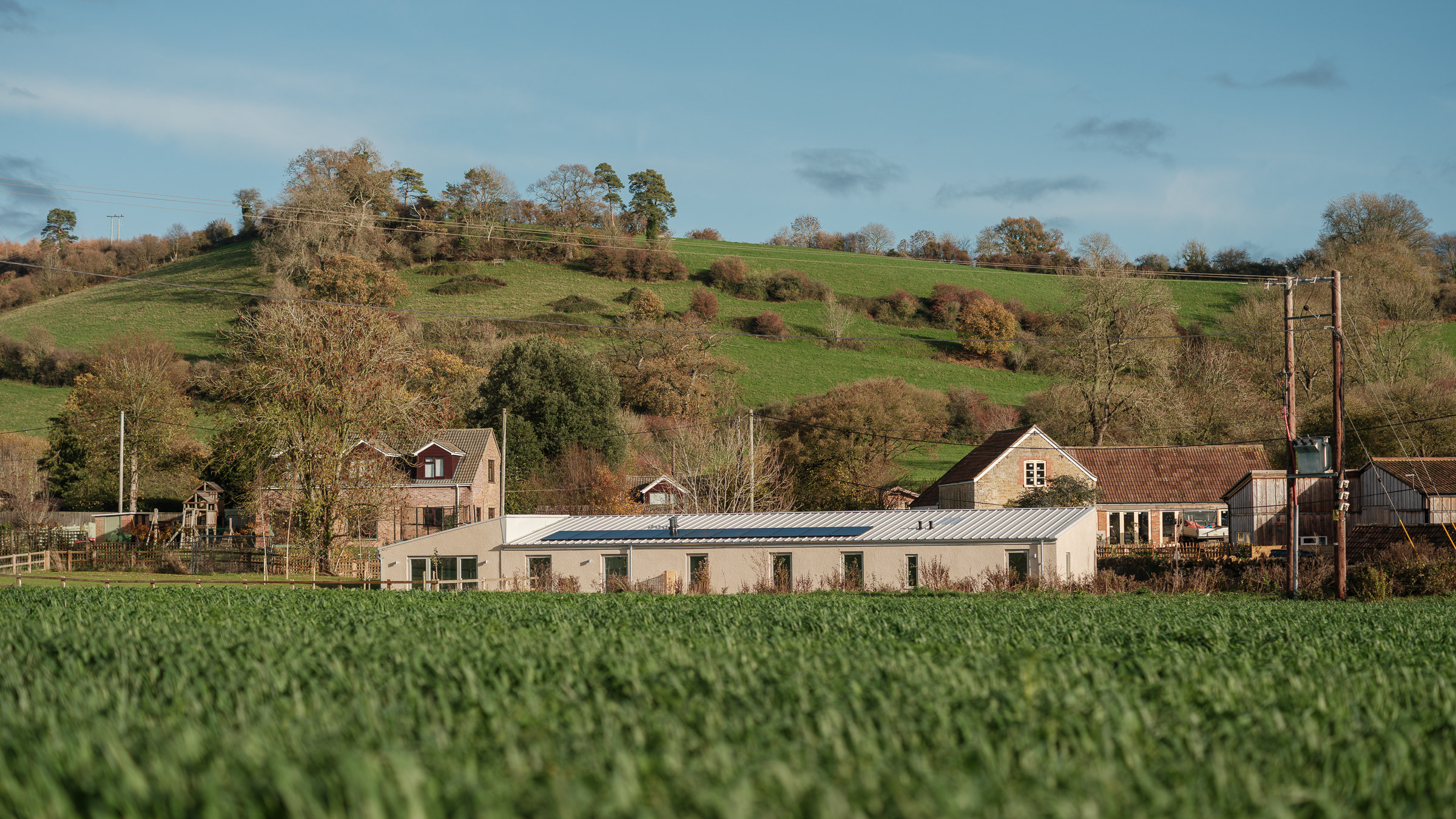 A former agricultural building is transformed into a minimal rural home by Bindloss Dawes
A former agricultural building is transformed into a minimal rural home by Bindloss DawesZero-carbon design meets adaptive re-use in the Tractor Shed, a stripped-back house in a country village by Somerset architects Bindloss Dawes
-
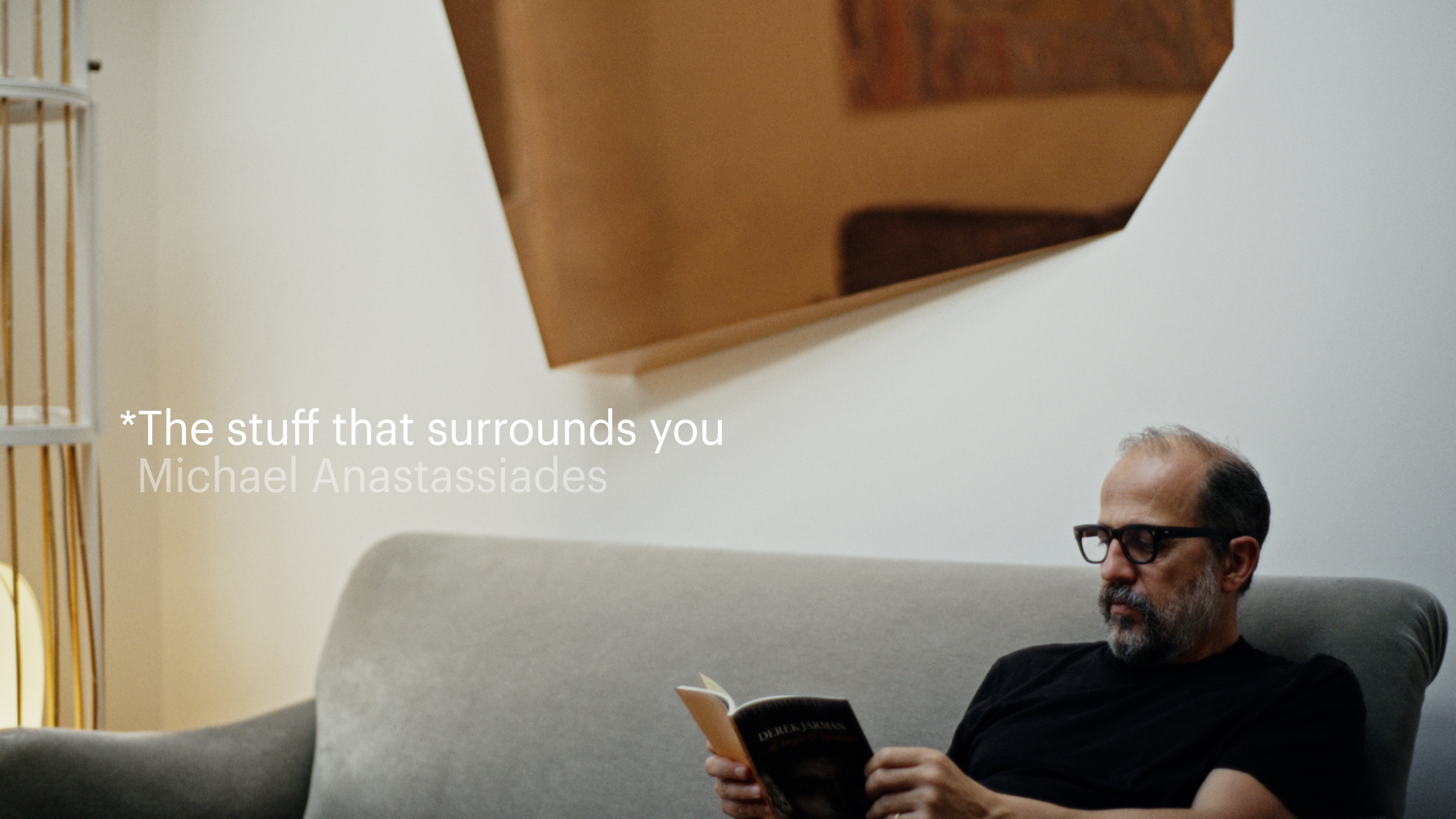 The Stuff That Surrounds You: Inside the home of designer Michael Anastassiades
The Stuff That Surrounds You: Inside the home of designer Michael AnastassiadesIn The Stuff That Surrounds You, Wallpaper* explores a life through objects. In this episode, we step inside one of the most considered homes we've ever seen, where Anastassiades test drives his own creations
-
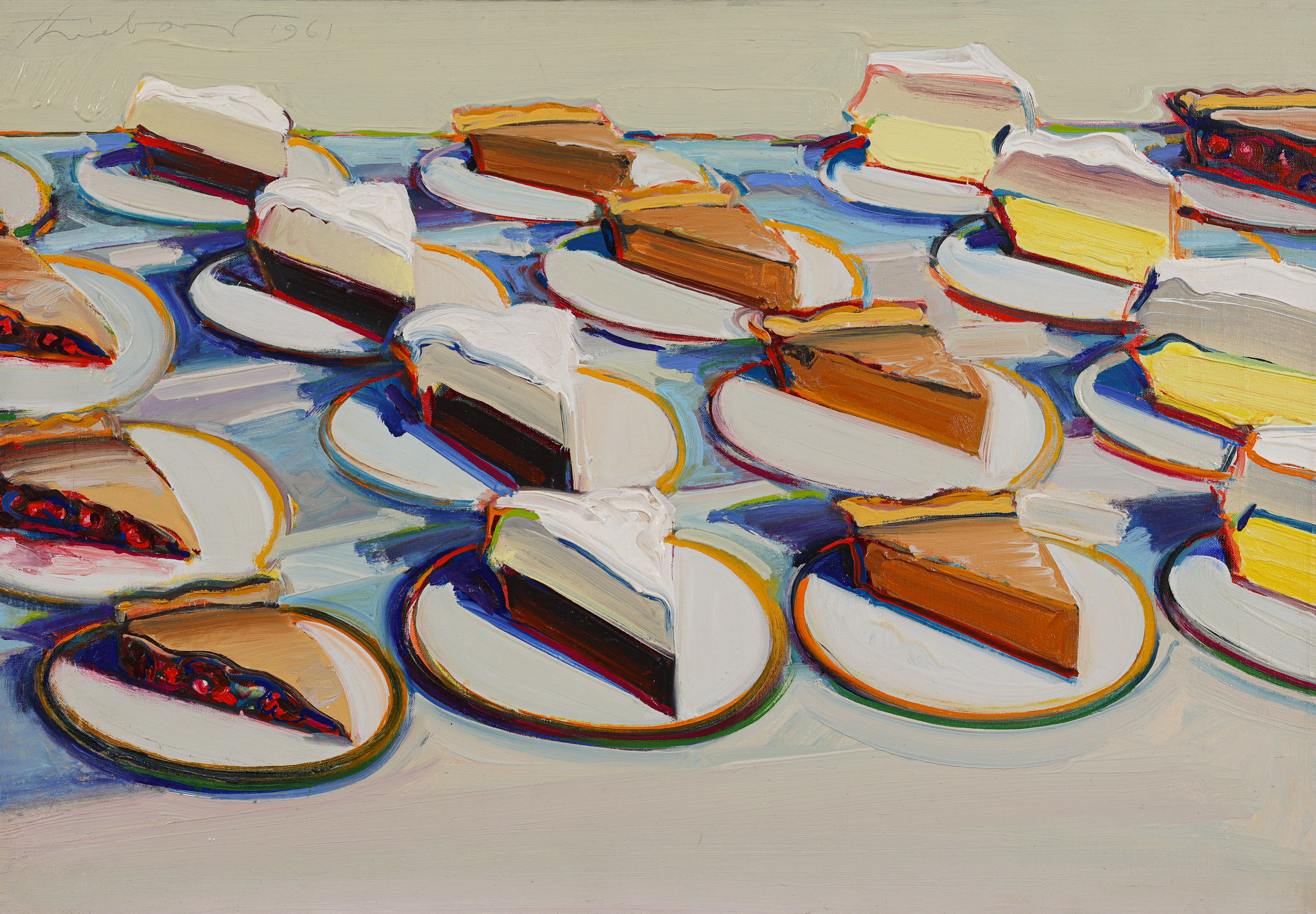 Why are Wayne Thiebaud’s paintings at the Courtauld so tempting?
Why are Wayne Thiebaud’s paintings at the Courtauld so tempting?The American artist’s thickly painted slices of cake at the Courtauld are some of our favourite artworks seen this year. What makes them so special?